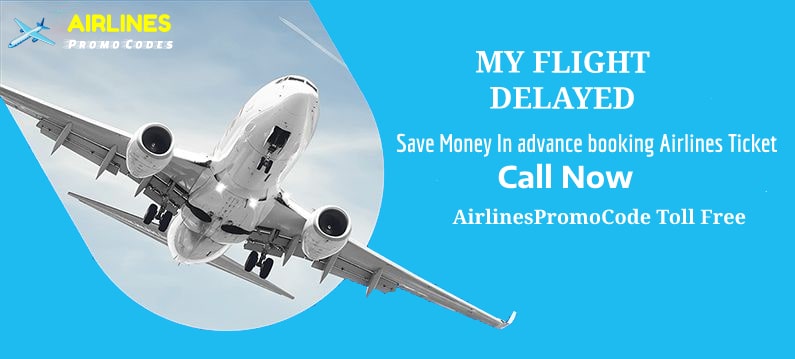

Why does Air Traffic Control Delay a Flight?
What exactly is an air traffic control or “flow” delay?
Essentially an air traffic control delay is created any time that the FAA believes too many airplanes will occupy any segment of airspace that your flight may be flying through. The FAA has determined that an air traffic controller can work a certain number of flights per hour. If this number is exceeded, it starts to automatically re-route flights around that air traffic control sector until the level of airplanes reaches the controller’s ability once again. This is done either by holding the aircraft on the ground or in the air until the situation solves itself. You can save on you’r next flights ticket booking , get some awesome deals to Search Airlines Promo Codes .
In addition, air traffic control delays are common at some of the country’s busiest airports where air traffic volume is continuously high. For example, Chicago-O’hare is arguably the busiest airport in the world measured by operations (takeoffs and landings). It frequently encounters periods of time where more airplanes are inbound to land from across the country than the airport can handle due to the number of runways and amount of airspace available. During these times, the FAA issues a ground stop for all airplanes inbound to O’hare which requires the airplanes to hold on the ground at their origin until a time exists where they can be fit into the traffic sequence. These delays run from a half hour or so all the way up to eight or more hours depending on the severity of the resource limitation.
The final reason for air traffic control delays is weather. When large thunderstorms build across the nation, air traffic must be routed around them both for passenger comfort and safety. Most large thunderstorms build to anywhere from 40,000 to 55,000 feet tall. The average commercial airliner can cruise no higher than 38-40,000 feet which limits the ability to fly over the top of the storm. These storms then create narrower corridors in which to flow the same number of aircraft across the country which means higher workloads for the controllers in those corridors. Ground holds or holding in the air may be issued so that enough space exists between airliners in the sky.
Questions or comments? Have an air traffic control delay experience to share? Please do so below…
Why Is My Flight Delayed “We Have A Runner!”
Runner (n.) – Term used by airline personnel to identify a person running to a departure gate in an attempt to make a flight that has already departed.
It seems like everyday someone asks if the flight they are connecting to will be held for them. Missed connections are becoming more and more common with the increase in airline delays. However, just because the airline knows you are going to be late, and they do know, doesn’t mean they will hold the flight for you.
With sophisticated computer systems, the airlines always know when a passenger will not make their connection. They can see exactly where you are coming in from, what gate you are going to, and how late you will be. If you are going to be any more than possibly 5 or so minutes late, they will most likely leave without you. This is because of the cascade effect that delays have on the airline. If the next flight you are supposed to get on is delayed 30 minutes for you, that means that airplane arrives 30 minutes late at every destination throughout the day.In addition, passenger connections are considered a “controllable” delay. This means that the airline consciously delayed the flight and the delay was not outside of their control. Controllable delays are recorded differently when it comes time to report them to the government, thus impacting their official on-time status.
So next time you are going to be late, the question should be how to get to your destination the fastest if you don’t make your connection. Chances are you will already be rebooked by the airline even before you touch the ground.
Delays, Missing Connections What Are Your Rights?
All of these questions are great questions to think about when traveling and unexpected travel news comes up. So, exactly what does your airline ticket guarantee you? What are your rights? When should you expect compensation? These are all common questions that you can find in this article regarding travel rights.
For example:
Question: What can I expect from the airline if there is a weather delay? Answer: Most of the time nothing. Airlines call this a “force majeure event” which means that it is outside of the airlines’ control.
Question: I was bumped, can I expect compensation? Answer: Yes, carriers usually offer travel vouchers. These vouchers are usually around $200 but are sometimes up to $500. Also, you should know that you can ask for cash instead of a travel voucher.
The article highlights what you should expect if you are “bumped” onto another flight, what to do when your luggage does not show up, when you may be entitled to a free hotel room stay, and many more questions like these.
Regardless, it is always smart to know what you can expect from the airlines. Since delays, bad news, and bad weather happen often, reading about your travel rights can only help prepare you for the outcome, whether it is a favorable outcome or not.
Find out more about your travel rights now.




